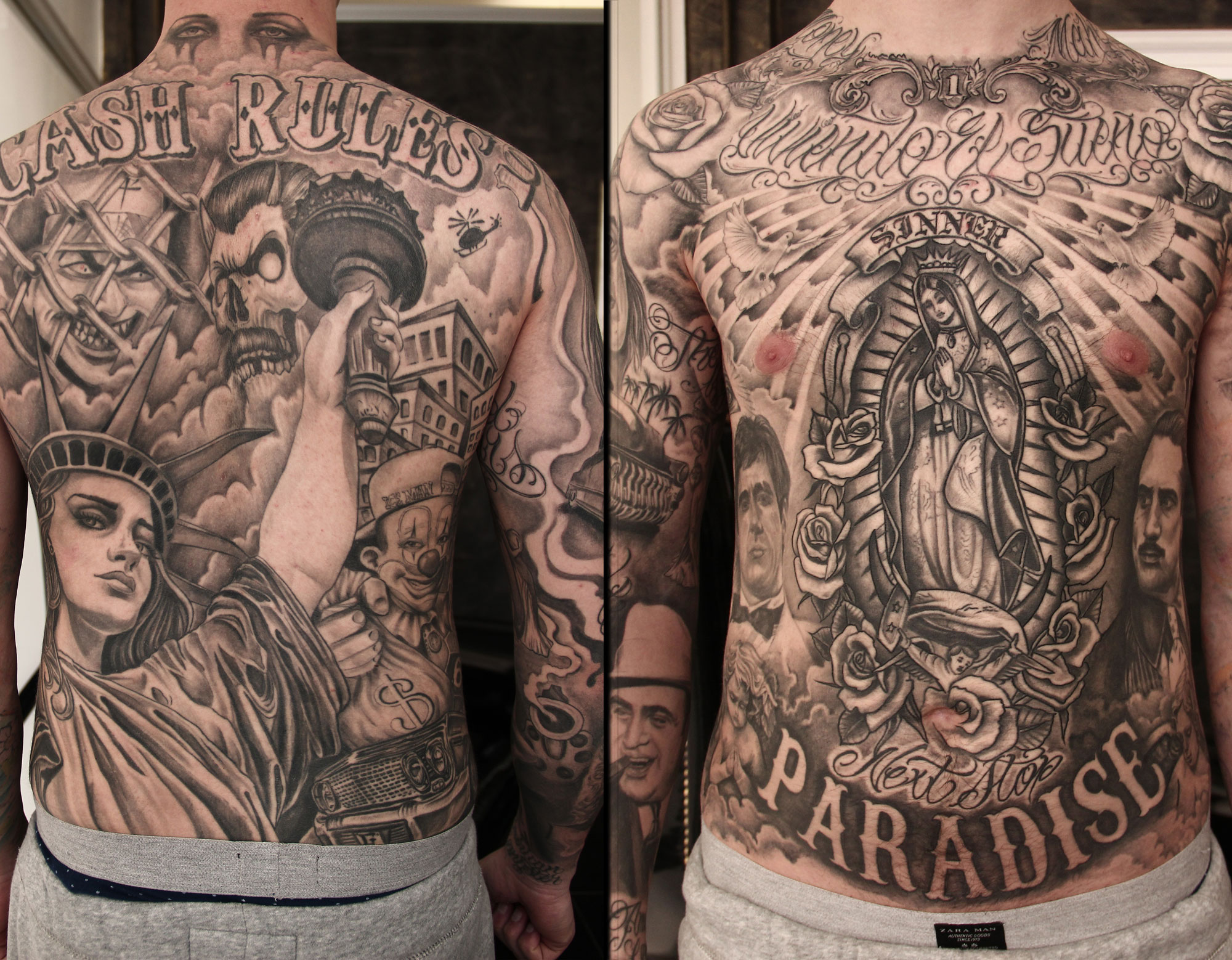
History of the Chicano Tattoo: The term "Chicano" has complex roots, having been coined derogatorily but later embraced as a symbol of cultural pride for Americans of Mexican descent. Chicano culture embraces multiple art forms, including tattoos, which carry a rich symbolism that reflects life in slums and prisons, with a mix of pride, adaptation to life's adversities, love, hate, and attachment to family. These tattoos, initially crude, have become a refined art form due to the artistry of artists who fully understand the style and its meanings.
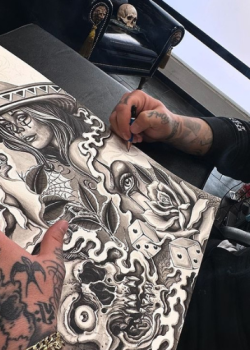
Chicano tattooing is steeped in symbolism, telling personal stories through designs that serve as true "identity cards on the skin." Each element represents life moments, conflicting feelings such as love and hate, street and survival experiences, as well as reflections of Chicano culture and spirituality. These tattoos can also be a form of social and political statement, expressing challenges and resistance against injustice and discrimination suffered.
An interesting aspect of Chicano-style tattoos is the integration of popular culture icons, such as the Virgin of Guadalupe or heroes of the movement such as Emiliano Zapata or Cesar Chavez. These symbols are reinterpreted and incorporated into the personal narrative of the wearer, creating a link between history, culture, and individual identity.
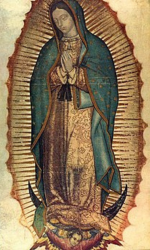
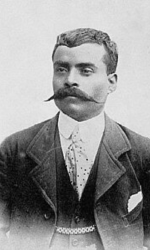
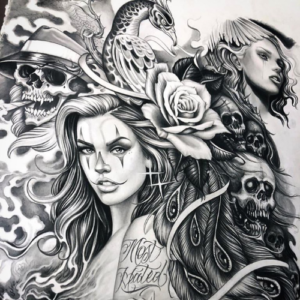
Chicano tattoos are distinguished by their bold and detailed designs that often incorporate mythological figures, religious symbols, icons of popular culture, and elements of street life. This variety reflects the complexity and diversity of Chicano culture and the individual experiences within it.
"Mi Vida Loca" reflects the idea of a life lived to the fullest, often characterized by adventures, risks, and intense experiences. In Chicano tattoos, this phrase can be represented with stylized text or accompanied by images that evoke a sense of rebellion and untamed spirit.
"When skin tells" is a phrase that goes well with Chicano tattoos. These tattoos often tell personal stories, life experiences, cultural affiliation or even states of mind through designs permanently engraved on the skin. Each tattoo can be viewed as a chapter in the wearer's story, a form of expression that goes beyond words and is physically manifested through the body itself.
The Chicano tattoo originated from gang culture in the 1960s. Originally done by hand with a sewing needle and black ink, these tattoos incorporated classic themes such as women, skulls, flowers, and religious figures. The Pachuco cross between the thumb and forefinger became a distinctive symbol, representing loyalty to community, families, women, and God.
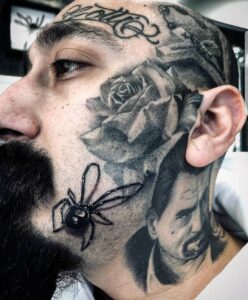
"Paños" originated as a prison art form in the Southwestern United States, drawings done in pen on handkerchiefs and sheets. These works often reflected common themes, symbols of faith, and images of the Chicano political movement. Symbols such as clocks, hourglasses and "Laugh Now, Cry Later" masks were common, expressing the consequences of life in the slums. Paños became a means of communication, but also an art form that reflected real life in prisons and streets, as well as memories of past lives.
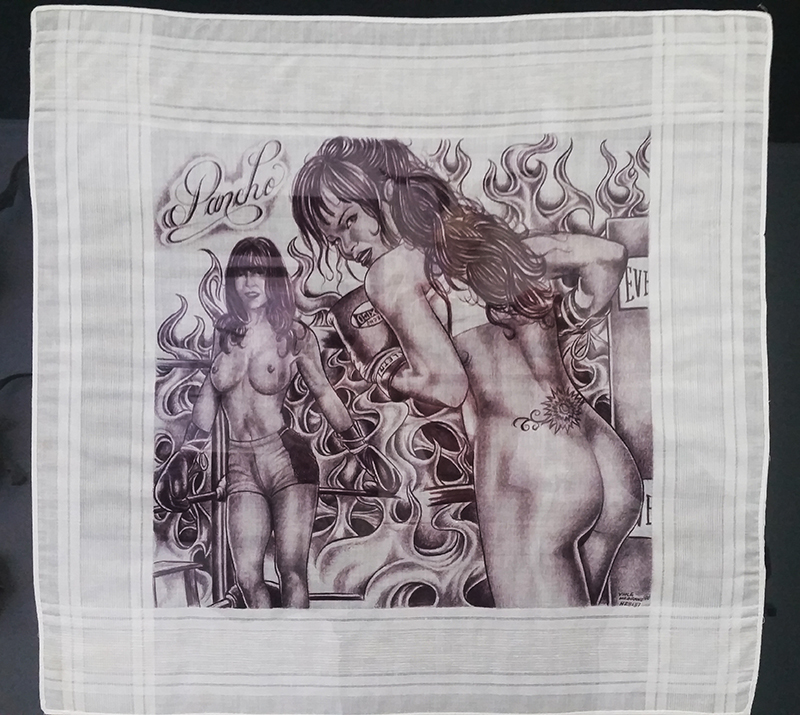
Whether you have a clear idea of what to tattoo or just a starting point and need inspiration, fill out the form and come by our studio to find the right idea for your tattoo.
info@mividaloca-tattoo.com
Via Coriolano 26 00181 Rome RM
Call us +36 06 8117 4434
From Monday to Saturday from 11:30 to 18:00.